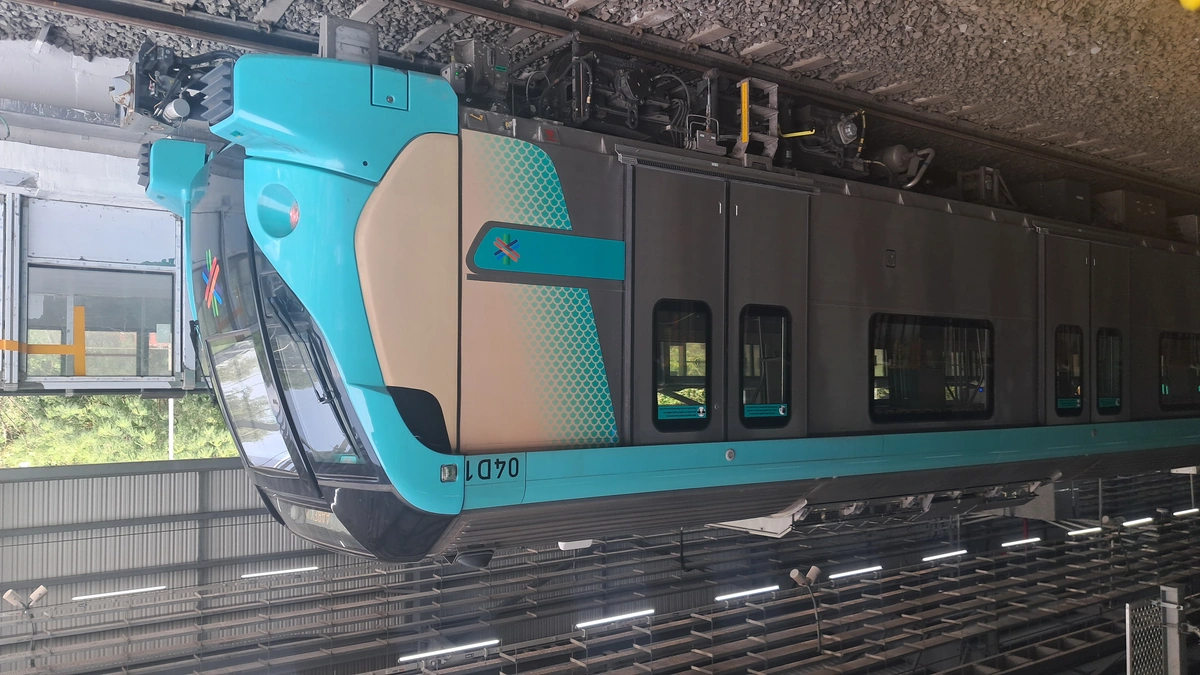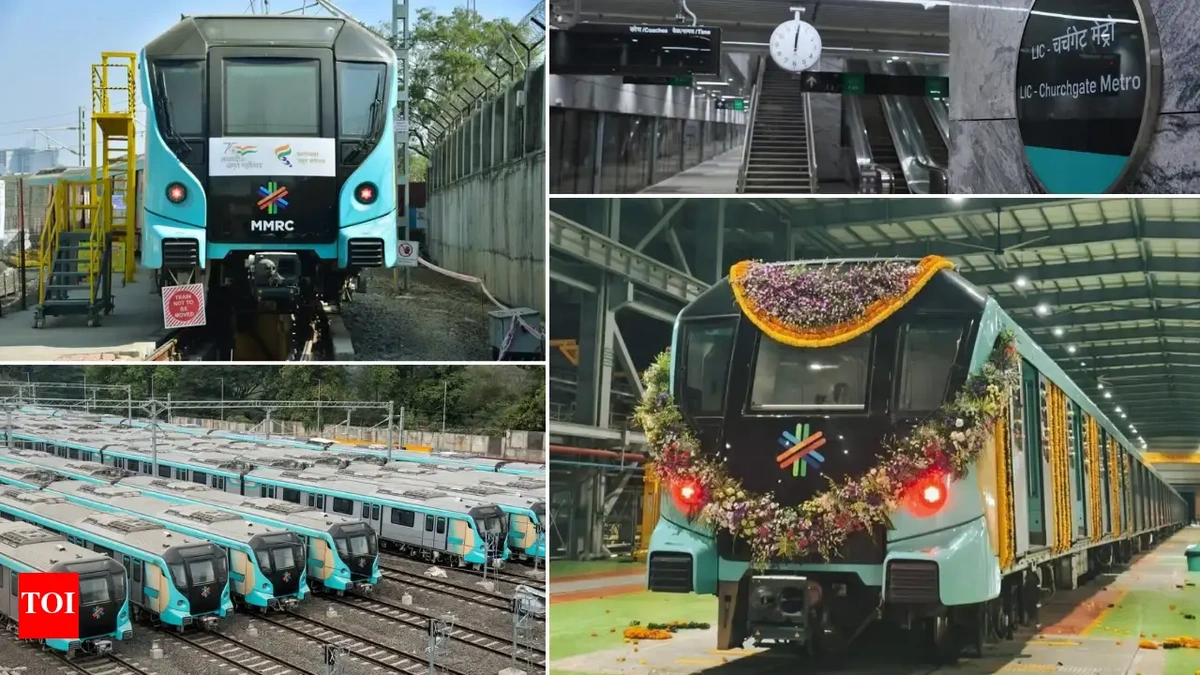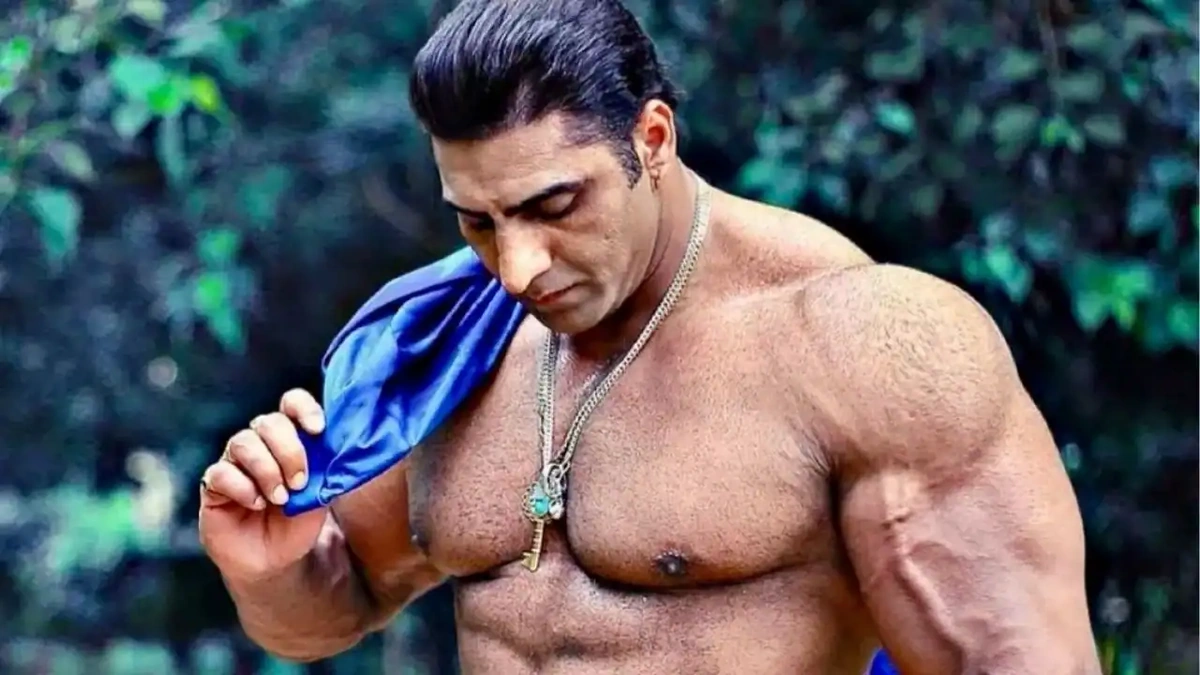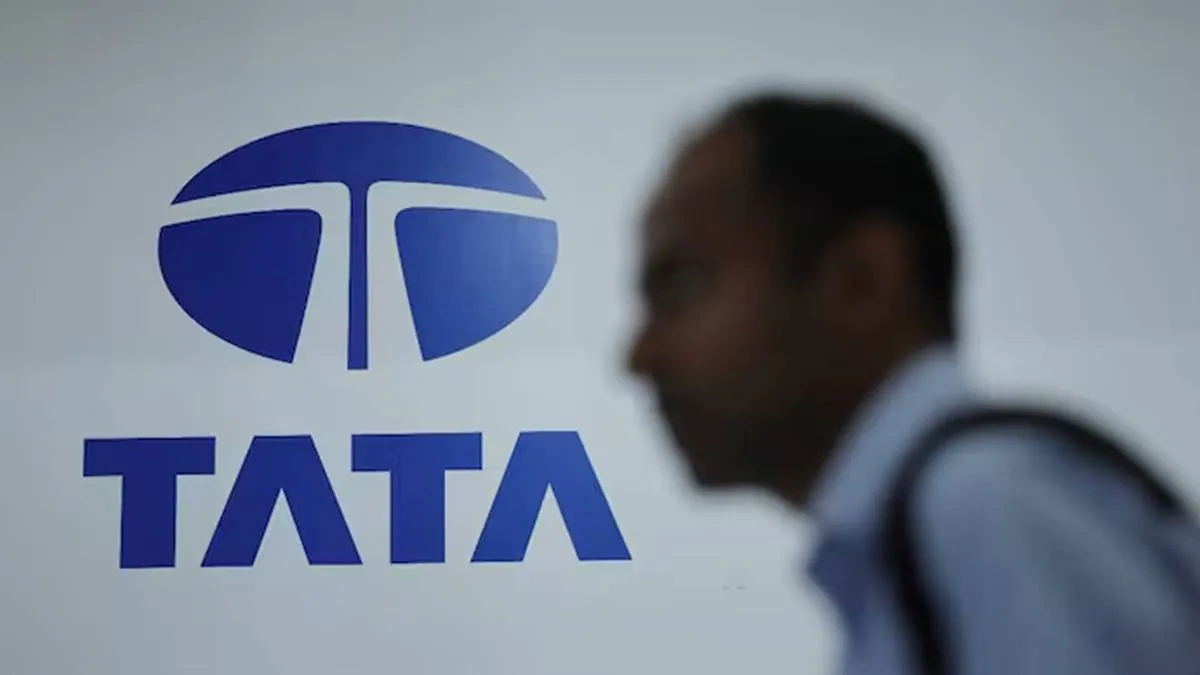Mumbai News | PM Modi to Inaugurate Key Projects Including Metro Line-3 Today
So, PM Modi is set to inaugurate a bunch of projects in Mumbai today, and yes, the much-awaited Mumbai Metro Line-3 is finally among them. But here’s the thing: it’s not just about cutting a ribbon and flashing some smiles for the cameras. This event signifies a huge shift in Mumbai’s infrastructure, a game-changer that could impact everything from your daily commute to the city’s real estate market.
Why This Matters More Than You Think (It’s Not Just a Train)

Let’s be honest, Mumbai’s local trains are legendary – legendary for being overcrowded, delayed, and, well, a bit of a nightmare during rush hour. The Mumbai Metro project , and Line-3 in particular, offers a genuine alternative. It’s not just adding another transport option; it’s about decongesting existing routes, reducing travel time, and making the city a little more livable. I initially thought this was just another metro line, but then I realized its profound impact on the city’s connectivity.
Think about it. Line-3, also known as the Aqua Line, is one of the longest continuous underground metro lines in India. According to the MMRCL official website , once fully operational, it will connect key business districts like Cuffe Parade and Bandra-Kurla Complex (BKC) to the airport and other parts of the city. This reduces road congestion, especially during peak hours. Imagine slashing your commute time by half! That’s a big deal for productivity, for family time, and for your sanity. As per reports, it will connect Colaba-Bandra-Seepz .
Navigating the New Normal | A Commuter’s Guide
Okay, so the metro is opening. Great! But how do you actually use it effectively? Here’s the thing I’ve learned about new infrastructure projects in India: they’re not always intuitive. A common mistake I see people make is assuming everything will be clearly signposted. While efforts are made, it always helps to be prepared. The new underground metro line is expected to provide seamless connectivity. This isan important step, but many more steps are needed.
First things first: familiarize yourself with the route map. Know which stations connect to the local train network or bus routes. Download the Mumbai Metro Rail Corporation (MMRC) app. It’s likely to have real-time information on train schedules, platform locations, and potential delays. Moreover, I believe the Mumbai metro rail project will soon be available via Google Maps for ease of commute.
And don’t be afraid to ask for help! Mumbaikars, despite their reputation for being busy, are generally helpful when it comes to directions. Just be polite, and you’ll likely find someone willing to guide you. Consider buying a travel card to avoid the daily ticketing hassle. Check out the MMRC website or app for different card options and recharge facilities. If you are planning to take the Mumbai Metro line 3 , knowing these details is crucial.
The Ripple Effect | Property Prices and Beyond
What fascinates me is the long-term impact of the Mumbai metro corridor on the city’s real estate market. History shows that new transport infrastructure inevitably leads to increased property values along its route. Areas near metro stations become more desirable, attracting both residential and commercial development. This will also lead to the development of areas like Cuffe Parade-Seepz and other regions.
But, it’s not all sunshine and roses. Increased property values can also lead to displacement, making housing unaffordable for some. It’s crucial for the government to address this issue through policies that promote affordable housing and protect vulnerable communities. The project has a big impact on Mumbai’s transport network and how the local trains perform.
Beyond real estate, the metro can also boost local businesses. Easier commutes mean more people are likely to visit shops, restaurants, and entertainment venues located near metro stations. This creates opportunities for entrepreneurs and stimulates economic growth. This will contribute to the economic development of Mumbai .
The Challenges Ahead | What Could Go Wrong?
Let’s be real; no major infrastructure project in India is without its challenges. One concern is the potential for delays in the full completion of Line-3. Land acquisition issues, funding constraints, and unforeseen technical glitches could all push back the deadline. A project of this scale, connecting areas from Colaba to SEEPZ is sure to have several obstacles.
Another challenge is ensuring the metro is accessible to everyone, including people with disabilities. Ramps, elevators, and tactile paving are essential to make the metro inclusive. Moreover, the cost of travel must be affordable for all sections of society. If the fares are too high, the metro will become an option only for the privileged, defeating the purpose of providing an alternative to the overcrowded local trains. Ensuring an accessible and well managed Mumbai metro system is essential for success.
Future is Here
So, the inauguration of Mumbai Metro Line-3 is a big moment, but it’s just the beginning. The real test lies in how well the metro is managed, maintained, and integrated with the rest of the city’s transport network. If done right, it can transform Mumbai into a more efficient, livable, and sustainable city. But if we don’t pay attention to the challenges and ensure equitable access, it could end up exacerbating existing inequalities. Let’s hope Mumbai can leverage this amazing opportunity.
FAQ
How frequently will the trains run?
Train frequency is expected to be high, especially during peak hours, but exact schedules will be available on the MMRC app and website.
Are there parking facilities at the metro stations?
Parking availability will vary from station to station. Check the MMRC website or app for specific details on parking facilities at your destination station.
What if I have lost something on the metro?
Report lost items to the station controller at the nearest metro station. MMRC typically has a lost and found department.
Is there mobile network connectivity inside the metro?
Yes, most mobile networks should work inside the underground metro stations and tunnels. You can expect to find a good network on the Mumbai metro aqua line .
Can I carry my bicycle on the metro?
Restrictions may apply to carrying bulky items like bicycles. Check the MMRC guidelines for specific rules on luggage and oversized items.
How to get a Mumbai Metro smart card?
Mumbai Metro smart cards can be purchased from designated counters at metro stations. You’ll need to provide identification and pay a nominal fee and initial recharge amount. Visit their official website to know more.













